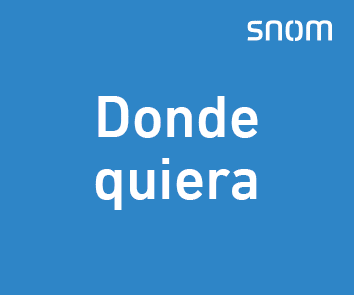What is Matrix messaging, and why should we not confuse it with the Matrix protocol?
A few days ago, we woke up to the news that the National Police, together with Europol and other security forces, had carried out an operation in Marbella. They searched several homes and seized hundreds of thousands of euros in cash and cryptocurrencies. But the most striking detail was that they had dismantled a mobile phone repair workshop that specialized in fixing and modifying phones so they could communicate in a completely encrypted and secure manner—exactly the kind of service criminals seek to avoid detection. The tool they installed on these phones is called “Matrix,” an application that not only enabled encrypted calls but also allowed users to connect to the internet while concealing their trail through a network of up to 40 servers.
The first thing that crossed my mind when I saw the newspaper headline was the protocol I learned about at ElastixWorld 2014 (Colombia) from Matthew Hodgson himself. He had explained the security advantages and potential uses of the protocol they were developing. Without reading the full article, I jumped to the conclusion that some clever individuals had used the Matrix protocol to communicate in such a way that European law enforcement agencies couldn’t intercept them. Nothing could be further from the truth. Shortly afterward, on the BlueSky network, the great Fred Posner and others set me straight. Although they share the same name, these two things are very different.
What is the Matrix messaging service?
On one hand, the Matrix messaging service is what criminals were using to communicate anonymously and what has now been taken down. This service also goes by other names such as Mactrix, Totalsec, X-quantum, and Q-safe. It had over 8,000 accounts worldwide, with each user paying between €1,300 and €1,600 in cryptocurrencies to acquire a modified Google Pixel phone that included this service.


What is the Matrix protocol?
The messaging service known as Matrix is a decentralized, secure communication protocol that allows for end-to-end encrypted exchange of messages, files, and both voice and video calls among its users. Unlike centralized platforms, Matrix is based on a federated architecture, where multiple independent servers (instances) communicate with each other. This gives users greater control over their data and the ability to choose which server will host their account.
It’s essentially like a “Mastodon for communications,” where you can have your own server and connect to the Matrix network so that others can talk to you, call you, or even send files and much more.
Although it is a secure system, this is not the system that was shut down. It’s important to emphasize that it’s still fully operational, completely legal to use, and every day more and more people rely on it.

If you want to learn more about Matrix (the good one), I suggest you take a trip to Fosdem 2025 and get to know the RTC community. There, you can find out more about this and many other interesting protocols that are free, open, secure, and fantastic for everyday use.





